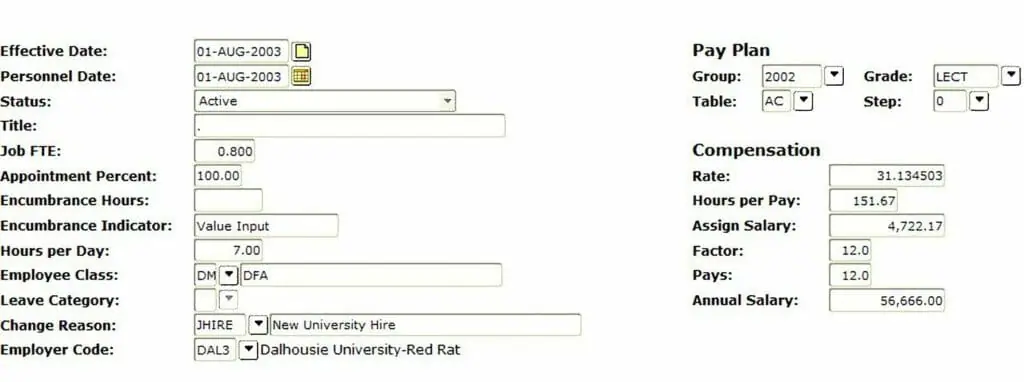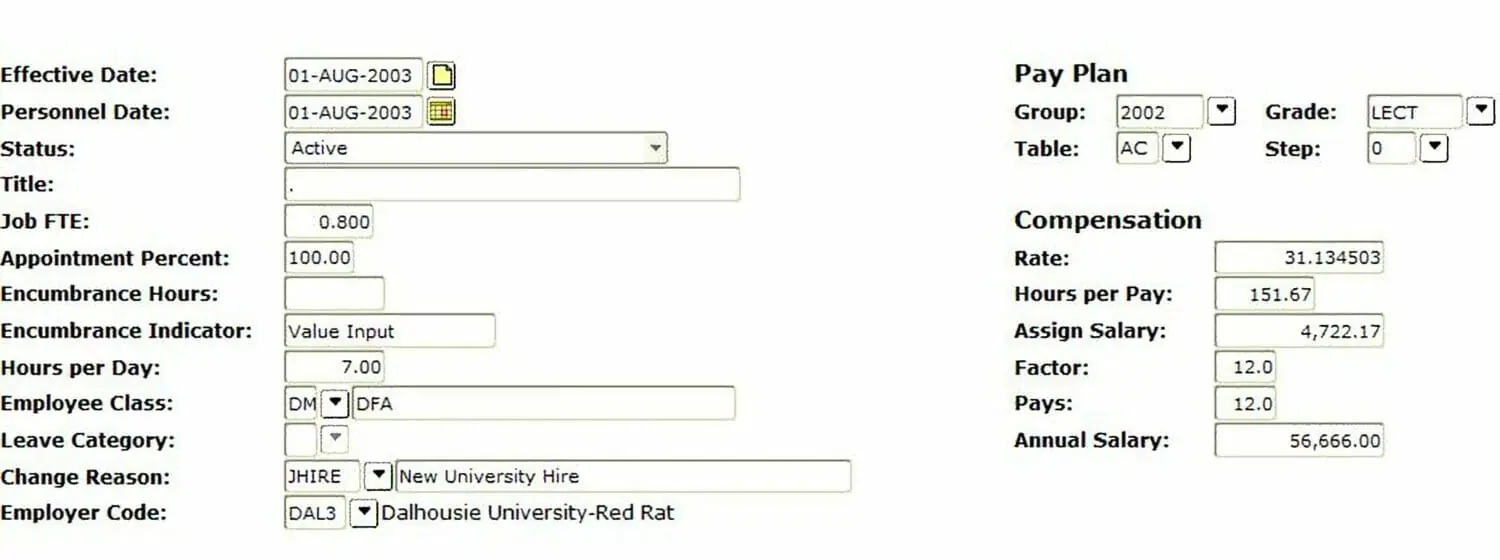Remember that $55,000 price tag Dalhousie University gave the Canadian Union of Public Employees (CUPE) for a Freedom of Information and Protection of Privacy (FOIPOP) request about employment at the university?
A Dal whistleblower says that the school exaggerated the cost.
In the summer of 2017, CUPE submitted a request for information about how many full and part-time professors were employed at Dalhousie over the past 10 years. In response to their request Dalhousie said it would cost $55,000 to gather the requested information.
The Dalhousie Gazette submitted a FOIPOP request to Dalhousie asking for the justification for the $55,000 bill given to CUPE this summer. In the information the Gazette received from the request, it says the files pre-2012 weren’t accessible electronically.
CUPE’s request
CUPE originally requested the number of full and part-time professors at Dalhousie from 2006-2007 to 2016-2017 academic years.
Dalhousie had until June 1, 2017 to give CUPE the information but requested an extension. In an email from June 5, 2017 the Gazette received as part of its information request explains that no information is available prior to the 2012 academic year.
The email, sent from a senior workforce analyst with Dal’s Human Resources department, requesting the extension reads in part: “Due to the academic revitalization project that occurred in 2012 to address issues of data integrity with our faculty data, this data is only available from 2012 onwards. Data prior to this is no longer stored in Banner, and therefore we no longer have access to this data.”
Dalhousie’s claim is that in order to get this data they would need to either “locate and retrieve the source document in each HR file that would confirm faculty status for the years in question. These documents would then be provided to [the Privacy Officer] for redaction and the applicant would generate their own statistics from the source documents.” Or “locate and retrieve the HR files and produce the statistics manually themselves after reviewing the files for the years requested.”
What happened?
CUPE got the information they requested from the CUPE local 3912 and the Dalhousie Faculty Association – not the school. But the appeal is still being investigated. CUPE researcher Chandra Pasma appealed the $55,000 cost estimate from Dal.
“I haven’t abandoned my appeal,” says Pasma. “The appeal is proceeding on principle, that this information should be publicly disclosed and should not cost $55,000 to do it.”
Senior communications manager for Dal, Janet Bryson wrote in an email to the Gazette, “the university has electronic records for faculty appointments from 2012 to the present.” And “the university was asked to provide numbers for specific faculty categories. (i.e. full-time, limited term, adjunct, part-time, etc.). It’s this level of detail that would not be available in Banner payroll information and would be labour intensive to provide prior to 2012.”
But a source with Dalhousie who’s familiar with the Banner payroll system says that the information CUPE requested is all available electronically and could be easily put together in a comprehensive report. The source has requested anonymity because they fear speaking up would jeopardize their job with the institution. The source says that all payroll information – full-time, part-time and even professors who get grants straight from the government – can be accessed on the Banner payroll system as far back as 2003.

This screenshot is from the Banner payroll system. It shows a part-time faculty salary record from 2003.
The “effective” date is when the person was entered into the system and started being an employee at Dalhousie. The “personnel” date is when the employee started the job with which they’re currently employed; if an employee changes jobs this category, this is where that information is tracked.
The “Job FTE” (Full time equivalency) is 0.8 or 80 per cent, which means the faculty member this record is based on were part-time, 4 days per week. And “Employee Class: DFA” means they’re a faculty member of the Dalhousie Faculty Association.
Two to three days’ work
The Gazette’s source says that all a Dalhousie employee would need to have done to get the information CUPE requested was go into the Banner payroll software, identify all the information to be included and then generate a report. The source says that doing this work would be like doing any data entry work. They estimate that it would take one employee two to three days to compile the information in the program, and then minutes for the built-in reporting software to generate a report.
The same email from Bryson continues: “if the university had a faculty member who became Dean and then, later, returns to their faculty position; our electronic payroll records would show that this person was fully employed the entire time but it wouldn’t capture when they were Dean and when they were a faculty member.”
But the Gazette’s source says that when a person switches roles, the Banner system creates a record and is added – and it’s all easily accessed on Banner. The Gazette’s source says that “the idea that it would take a full-time employee one year to comb through all of these records is an absolute lie.”
Dalhousie University declined multiple requests from The Dalhousie Gazette for an interview to explain the discrepancies between Dal and the source.
With files from Lane Harrison


Recent Comments